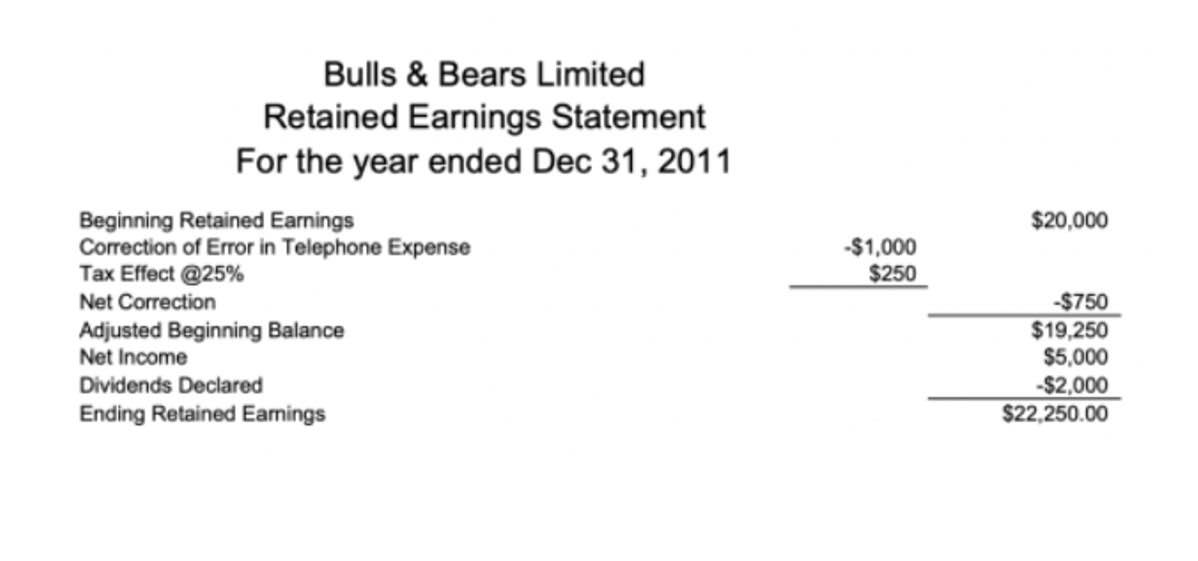
On a ground level, if you have to look more closely, the positive and negative signs of it can reveal a lot of things. Cash Flow to Creditors is the total cash payment a company makes to its creditors within a given period. These payments include both the cash flow to creditors equals: repayment of the principal amount borrowed and the interest payments on that debt. In contrast, a company experiencing negative cash flow, where more money is going out than coming in, could face insolvency without appropriate management strategies. Cash flow from investing (CFI) or investing cash flow reports how much cash has been generated or spent from various investment-related activities in a specific period.

Unsure about any of the components of CFC?
The company should take corrective actions to improve its cash flow and avoid defaulting on its debts. These are non-current assets that could be investments done on other entities. This is a form of outflow, but the inflow will include the cash flow to creditors.
- It’s important to distinguish between cash flow to creditors and cash flow to shareholders.
- While CFC is a valuable tool, it shouldn’t be analyzed in isolation.
- Investors want to know how much cash the company is spending on paying the principal amount of the loan and interest.
- So, the next time you encounter this metric, remember it’s a window into a company’s debt management practices and overall financial well-being.
- Look for any payments made towards long-term debt and identify repayments or issuance of long-term debt.
Dividends and Distributions

In summary, analyzing financing activities provides a comprehensive view of how a company manages its capital structure, interacts with creditors, and balances debt and equity. By examining these nuances, investors and analysts can assess a company’s financial stability and evaluate its ability to meet debt obligations. This formula helps businesses and investors analyze the company’s ability to meet its debt-related obligations Bookstime and manage its cash flows effectively.
How is Cash Flow to Creditors Calculated?
Compare long-term debts from consecutive periods (e.g., year-to-year or quarter-to-quarter). The difference between long-term debt in two successive periods gives you the change in long-term debt. In the realm of startup growth, understanding the mechanisms that lead to the accurate valuation of… Cash flow statements have been required by the Financial Accounting Standards Board (FASB) since 1987. Cash flow refers to the amount of money moving into and out of a company, while revenue represents the income the company earns on the sales of its products and services. The bottom line reports the overall change in the company’s cash and equivalents over the last period.

- This movement of funds is called cash flow, and it’s the lifeblood of any company.
- For anyone not well-versed with finance terminologies, it is basically the extra money you will receive as a debt holder.
- Cash flows are reported on a cash flow statement, which is a standard financial statement that shows a company’s cash sources and use over a specified period.
- This can widely include banks, financial institutes, and other related sources of borrowed funds.
- Remember, this section aims to provide a comprehensive understanding of cash flow statements without explicitly stating the section title.
- Cash flow is the lifeblood of any business—it represents the amount of cash being transferred into and out of a business.
Cash Flow to Creditors is more than just a financial metric—it’s a crucial measure of a company’s financial stability and risk profile. It speaks volumes about a company’s ability to meet its financial commitments, particularly its debt obligations. A robust Cash Flow to Creditors not only improves a company’s financial health but also instills confidence among its stakeholders. By understanding cash flow to creditors and its implications, you’ll be well-equipped to evaluate a company’s financial standing and make informed decisions. So, the next time you encounter this metric, remember it’s a window into payroll a company’s debt management practices and overall financial well-being.
- Regularly update your cash flow forecast with actual figures and revise estimates for future periods.
- Cash flow from operations (CFO) describes money flows involved directly with the production and sale of goods from ordinary operations.
- Cash flow to creditors reflects the creditworthiness of the company, helping creditors (banks) approve loans by understanding how the company manages its debt.
- Yet, nestled within this abundance of data is the Cash Flow to Creditors—a crucial metric that serves as a compass, guiding businesses towards financial stability and success.
- The revenue generated from selling clothes would be a key component of its operating activities.
